Episodes
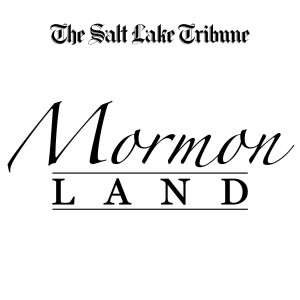
Wednesday Dec 16, 2020
Wednesday Dec 16, 2020
In a lengthy essay in The Atlantic posted online Wednesday, reporter McKay Coppins explores The Church of Jesus Christ of Latter-day Saints and its history as “The Most American Religion.”
In a subtitle, the article states: “Perpetual outsiders, Mormons spent 200 years assimilating to a certain national ideal — only to find their country is in an identity crisis. What will the third century of the faith look like?”
Coppins’ piece looks backward and forward, not as a dispassionate observer, but through his own lens as a practicing Latter-day Saint. He talks with scholars and politicians, insiders and outsiders, leaders and laypeople, even church President Russell M. Nelson.
In this week’s podcast, Coppins talks about the path Mormonism has followed and what steps the Utah-based faith could — and should — take as it treads into its next hundred years.
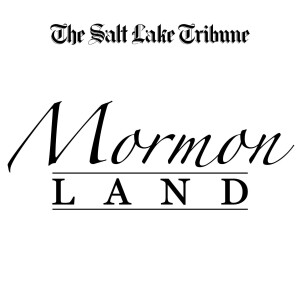
Wednesday Dec 09, 2020
Wednesday Dec 09, 2020
The Church of Jesus Christ of Latter-day Saints posted a video this week from apostle Dale G. Renlund in which he pleaded with members to put on masks and put off assembling in large gatherings in response to the coronavirus pandemic.
“Wearing a face covering,” he said, “is a sign of Christlike love for our brothers and sisters.”
Renlund, a former cardiologist, emphasized that he was speaking not as a physician, but as an apostle, a position of great respect within the Utah-based faith. His words were just the latest in a series of statements and actions by top church leaders in support of public health guidelines. Still, they triggered strong debate between Latter-day Saints who support mask-wearing and those who don’t.
A key question: Are so-called anti-maskers among the church’s membership guilty of not following their prophet?
The short answer is yes, according to Latter-day Saint writer Emily Jensen, the web editor for Dialogue: A Journal of Mormon Thought. Jensen discusses that question and the wider implications for the church in this week’s podcast.
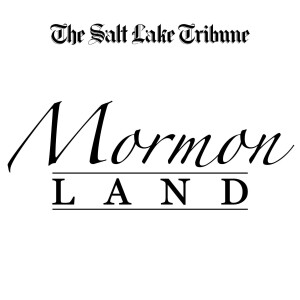
Wednesday Dec 02, 2020
Wednesday Dec 02, 2020
In the not-too-distant future, the United States and other nations will have a vaccination available, thankfully, for COVID-19, which has killed more than 1.5 million people and altered millions of more lives.
But besides the issue of who will get the vaccination first looms another question: Who will be willing to get it?
Debates about the value and efficacy of vaccines — as well as the socioeconomics of those who will get them and those who won’t — have raged throughout the 20th century and into the 21st.
Such a debate took place in the early 1900s in Utah over the smallpox vaccine, dividing prominent community members, leaders and Latter-day Saints, including top church authorities and the editor of the church-owned Deseret News.
On this week’s podcast, Ben Cater — who teaches history at Point Loma Nazarene University in San Diego and has written about the religious politics at play in public health during the Progressive Era in Utah — revisits that period and how it may parallel our current times.
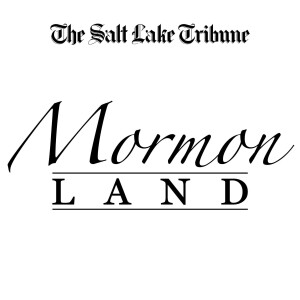
Wednesday Nov 25, 2020
Wednesday Nov 25, 2020
As a global faith leader, President Russell M. Nelson urged members of The Church of Jesus Christ of Latter-day Saints last week to “flood social media” with posts about gratitude — even as he acknowledged the pain of the coronavirus pandemic that has plagued the world.
In response, throngs of Latter-day Saints have done so. Some might even see it as a religious obligation. But it’s not just a good religious act. Therapists see the expression of gratitude as good for mental health, too.
On this week’s show, Marybeth Raynes, a licensed clinical social worker and therapist in Salt Lake City, discusses the benefits of giving thanks.
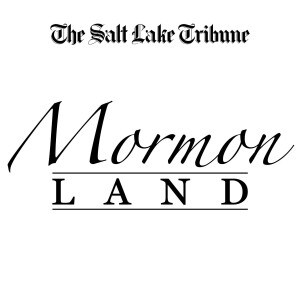
Wednesday Nov 18, 2020
Wednesday Nov 18, 2020
In October 1969, 14 African American players for the University of Wyoming planned to sport black armbands in a football game against Brigham Young University to protest the then-priesthood/temple ban on Blacks in The Church of Jesus Christ of Latter-day Saints (that ban ended in 1978).
Their coach booted them off the team hours before kickoff.
Now, more than 50 years later, the “Black 14,” as they have been called, are actually teaming up with the LDS Church, to bring 180 tons of food to people in need in nine U.S. cities stretching from Maryland to Wyoming.
On this week’s podcast, Mel Hamilton, one of the original Black 14 whose son actually converted to Mormonism, talks about the experience, past and present.
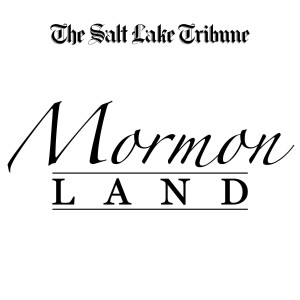
Wednesday Nov 11, 2020
Wednesday Nov 11, 2020
Before the presidential election, some pollsters and pundits suggested that members of The Church of Jesus Christ of Latter-day Saints might play a key role — despite their relatively small numbers.
Indeed, many members became actively involved on one side or the other, forming groups like Latter-day Saints for Trump and Latter-day Saints for Biden. They seemed especially visible in Western swing states like Nevada and Arizona.
So, for instance, did Latter-day Saints help turn the traditionally red Grand Canyon State blue? Quin Monson, a Brigham Young University political science professor who also is a partner at Y2 Analytics, gives a “qualified yes” to that question. He offers more insights on Latter-day Saint voters and how their partisan leanings have changed — and may change — on this week’s podcast.
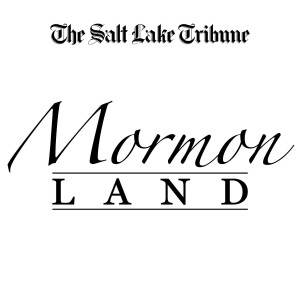
Wednesday Nov 04, 2020
Wednesday Nov 04, 2020
Most bishops of a Latter-day Saint congregation give the church five years of their lives as they shepherd the spiritual and even temporal well-being of hundreds of families and individuals in their area.
Because they are volunteers, that means they do this while holding a full-time job as well as taking care of the needs of their own families and loved ones.
Ross Trewhella, however, served his Latter-day Saint parishioners in Cornwall, United Kingdom, for 12 years — almost unheard of for a bishop in modern Mormonism.
In this week’s podcast, he reflects on the highs and the lows, the challenges and the rewards, the members and the memories after more than a decade of service — and how he feels now about relinquishing his seat at the front of the chapel.
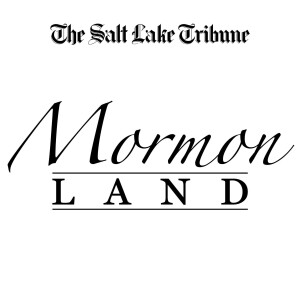
Wednesday Oct 28, 2020
Wednesday Oct 28, 2020
Members of The Church of Jesus Christ of Latter-day Saints used to be more evenly split between the two major political parties, even supporting Democrats Franklin Roosevelt, Harry Truman and Lyndon Johnson for U.S. president.
But something happened in the 1960s. Latter-day Saints began moving to the right and eventually became a reliably Republican voting bloc, a trend that continues to this day.
Though there were many social factors behind this shift, one high-placed church leader may have helped shape Mormon political views for decades. His name: Ezra Taft Benson.
A Latter-day Saint apostle and onetime church president, Benson held political positions that went further right than mainstream Republicans. He spoke out against communism — even calling Dwight D. Eisenhower and the Rev. Martin Luther King Jr. “Communists” — considered running on a presidential ticket with ardent segregationist George Wallace, and wanted to name a member of the right-wing John Birch Society to the faith’s top quorums. But he got plenty of pushback for linking politics and religion from other church leaders including David O. McKay, Gordon B. Hinckley and Boyd K. Packer.
Matthew Harris, author of “Watchman on the Tower: Ezra Taft Benson and the Making of the Mormon Right” and a history professor at Colorado State University in Pueblo, joins us today via Zoom to talk about Benson and his influence on Latter-day Saint politics. Matthew, welcome.
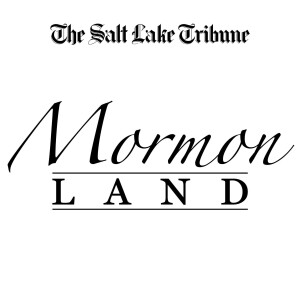
Wednesday Oct 21, 2020
Wednesday Oct 21, 2020
For many voters, including a number of Latter-day Saints, this year’s presidential election comes down to one issue: abortion.
They may not like Donald Trump’s style, but they believe he will support the cause of protecting the unborn.
At the same time, many other voters, including, again, a number of Latter-day Saints, have a more complex view of abortion, with some pointing to the more nuanced stance of The Church of Jesus Christ of Latter-day Saints itself on that topic.
So how might this debate play out among Latter-day Saints, especially in Utah, in this election? And how might the current battle over the Supreme Court — and talk of toppling Roe v. Wade — affect the outcome?
Morgan Lyon Cotti, associate director of the Hinckley Institute of Politics at the University of Utah, discusses this and other issues dividing Latter-day Saint voters in 2020 and beyond.
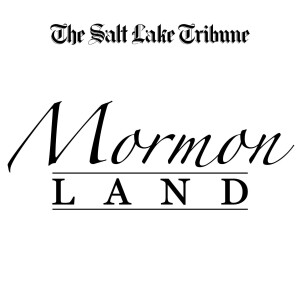
Wednesday Oct 14, 2020
Wednesday Oct 14, 2020
McKay Coppins wrote recently in The Atlantic that President Donald Trump publicly praises evangelicals, prosperity preachers and other religious conservatives, including members of The Church of Jesus Christ of Latter-day Saints, while privately mocking them and belittling their beliefs.
Coppins, a Brigham Young University alumnus, joined this week’s podcast to talk about the presidential candidates, the state of this year’s White House race, how the Biden and Trump campaigns are courting members, and whether Latter-day Saints — and the issues they care about most — could help determine the outcome in swing states.

More Mormon Land
There's more to "Mormon Land" than just the podcast. You can get access to episode transcripts, Tribune faith stories and more on Patreon.
Sign up for the free weekly Mormon Land newsletter to get the latest happenings about the church from around the world.
And follow Mormon.Land on Instagram.







